

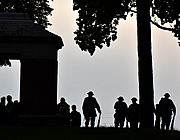
Remembering the sacrifice in the Battle of the Somme which began July 1st 1916.
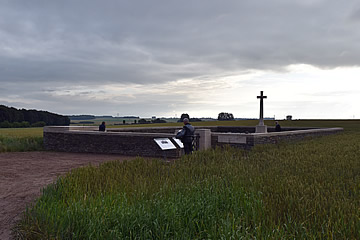
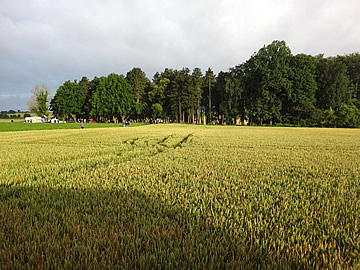
We had planned for years to be at Serre on the centenary of the start of the Battle of the Somme, July 1st 1916.
We arrived in Arras, where we were staying, on the 30th June, 2016. Very early on the following day we drove to Serre to be at the place where the Accrington Pals launched their attack on that day. Alongside them were the Sheffield City Battalion and Barnsley Pals.
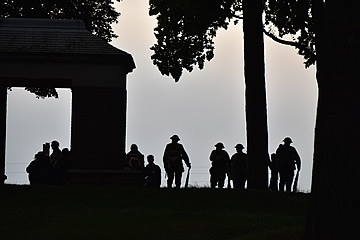
Andrew was born and brought up in Accrington and first visited the Somme in 1972 with his father, Maurice, and an Accrington Pal, Harry Bloor, who attacked over this ground and was wounded. Andrew's decades of research have resulted in his highly regarded website The Accrington Pals and his book Accrington's Pals, The Full Story, published by Pen & Sword in 2013.
In the days before the attack it had been raining, so the front line trenches were muddy, though the ground between the two front lines, no-man's land, was relatively dry on the day.
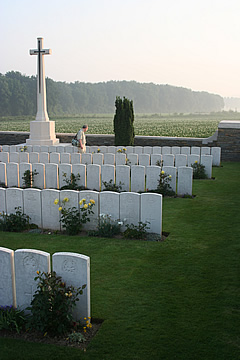
The 250 yards of gently sloping ground between the two front lines became a scene of devastation. At 7:20 on July 1st, after a week long barrage, the first wave of the Pals moved up into no-man's land ready for the attack on Serre at 7:30. Though the heavy artillery barrage had ceased at 7:20, a hurricane barrage of trench mortars joined the light artillery, so it would not have been quiet.
At 7:30 the men stood up and began walking, as instructed, towards the German lines. They were met by a hail of machine gun fire, but somehow some, maybe as many as a hundred, reached the German front line.
On the first day of the Battle of the Somme the British suffered around 60,000 casualties: about 20,000 dead and a further 40,000 wounded. Typically in the Pals Battalions 5 in every 7 men were casualties. Pals battalions formed the whole of the attack on Serre that day, the pivotal point of a British offensive which stretched for a further 15 miles south to Maricourt.
In 2016 we returned to the Somme to remember the sacrifice of the 1st July, 1916.
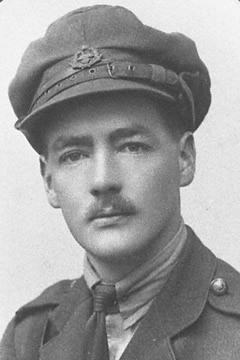
For the actual time of the anniversary, from 7 am through 7:30, we stood in Queens Cemetery, quietly paying our respects.
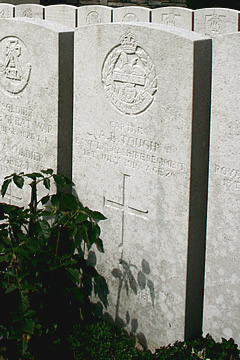
180 men are buried in Queens including Captain Arnold Bannatyne Tough.
The Accrington Pals, raised at the initiative of the Mayor, Capt. John Harwood, in the early weeks of the war, was intended to be a battalion of local men led by local men. As a young and prominent member of the community, Arnold Tough was an obvious candidate to serve as an officer and on 17th September 1914 he was duly commissioned into the battalion with the rank of Lieutenant.
Arnold was given the responsibility of leading the first wave of the attack, comprising two platoons of "W" Company and two platoons of "X" Company (each company is made up of four platoons). At around 3am on 1st July 1916, the four platoons assembled in the shellfire-damaged front lines between Matthew and Mark Copses. At 7.20am, Arnold blew on his whistle, called out a few words of encouragement, and led his men out of the trenches. Despite being wounded almost immediately, Arnold brought his men 100 yds into No Man's Land where they lay down on the ground waiting for the British artillery bombardment to lift from the German front line. At 7.30am, the men rose and advanced into a hail of machine gun and artillery fire. Moments later, Arnold was wounded a second time. Still leading his men forward, he was finally killed by a shot to the head.
Arnold Tough was only 26 when he was killed on the 1st July 1916; he was eventually buried very close to where he must have fallen.
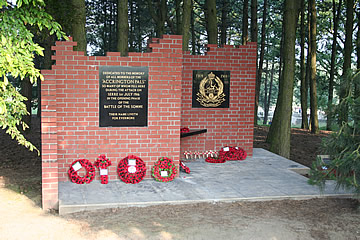
Serre was not taken that day, and fighting on the Somme carried on until November of that year. It was February 1917 before the British walked into the village.
We have visited Serre regularly over the years - Andrew many more times than I. In 2006 we had been there for the 90th anniversary on a similar peaceful morning, when again many people had arrived to remember. So quiet, the only sound a skylark singing as it rose into the sky.
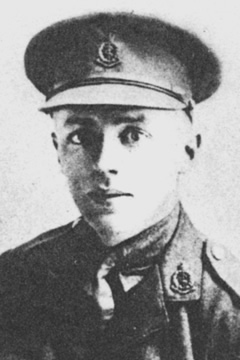
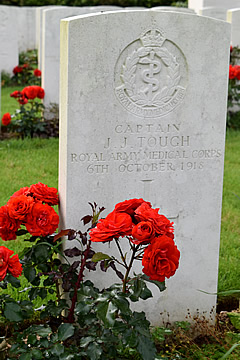
Arnold Tough was not the only member of his family to die. His elder brother, Captain John James Tough, a doctor in the Royal Army Medical Corps, was killed, aged 30, in an explosion from a bomb dropped by an enemy aircraft while working in a mobile medical unit very close to the combat zone on October 6th 1918. On the 2nd July 2016 we paid a visit to his grave in Flesquières Cemetery, again he is buried very close to where he died. One hundred years after his death, October 6th 2018, we again paid a visit to his grave to remember.
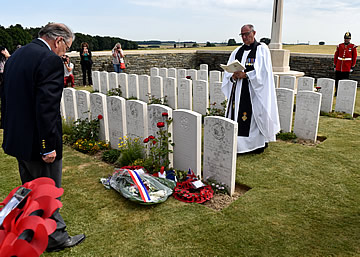
2018 also saw us returning to Serre, this time to attend a rededication Service for Lieutenant Charles (Charlie) Stonehouse. Andrew's meticulous research had confirmed that a grave of "an unknown Lieutenant of the Great War, East Lancashire Regiment" actually was the final resting place of Charles Stonehouse.
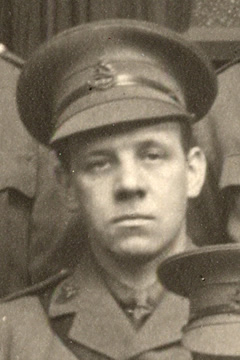
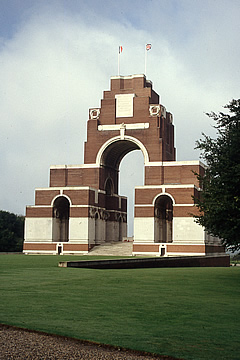
On 1st July 1916 Lieutenant Stonehouse led a platoon of "W" Company into the battalion's attack on Serre. According to an eyewitness statement by 20939 Fred Whitesmith, Stonehouse was near the enemy's trench when he was hit in the wrist. His orderly, 15216 Roland Banks, was killed while binding up his wound and Stonehouse himself was afterwards hit in the head and killed.
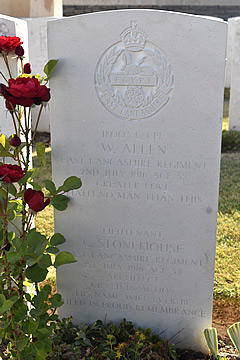
Many of his descendants gathered to attend a very poignant service at the graveside. in Serre Road Cemetery No. 3 on the 3rd July 2018.
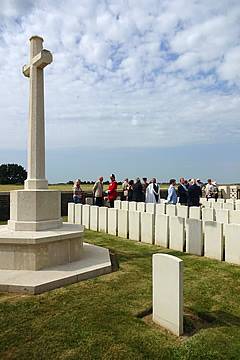
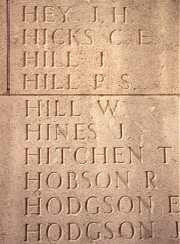
Many who died could not be identified so there are many gravestones with inscriptions such as "A Soldier of the Great War" with "Known unto God" below. But the unidentified are not forgotten.
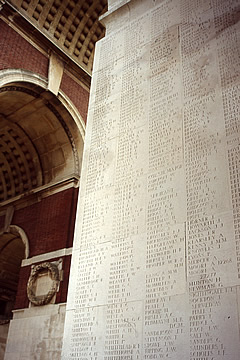
The Thiepval Memorial is a Memorial to the Missing - those with no known grave. It commemorates 72,085 men who died in the Somme sector up until March, 1918, the eve of the final German push. Over 90% of the names inscribed on the piers of the memorial belong to men who lost their lives in the battle from July to November 1916. The Memorial was designed by Sir Edward Lutyens and is located 8 km north of Albert, a little south of the village of Thiepval, on a ridge overlooking the battlefield.
My own ancestor William Hill, a private in the 2nd Green Howards, has his name inscribed here. He died in the Battle of the Transloy Ridges at Gueudecourt on the 17th October, 1916.
The 2nd Green Howards attacked on the 18th October, having experienced five days of almost continuous shelling. As William's death is recorded as happening on the 17th, it is possible that the shelling was responsible. The Battalion attack was largely unsuccessful - in the War diary the reasons were given as exhaustion due to the heavy shelling, a shortage of officers - only 7 available to lead three attacking companies of which five had been hit by the time they were in a position to charge their objective - and rifles becoming clogged with clay. Great bravery was shown by Lieut. R.A. Field who led a sub-section of Battalion Bombers in an attack through the trenches.
The Thiepval Memorial includes the names of British and South African soldiers; the national memorials for the missing of Australia, Canada, India, Newfoundland and New Zealand can be found at Villers-Bretonneux, Vimy Ridge, Neuve Chapelle, Beaumont-Hamel and Longueval respectively. It also commemorates the joint Anglo-French offensive of 1916 on the Somme, further recognised by the Anglo-French cemetery in front of the Memorial.
"When You Go Home, Tell Them Of Us And Say,
For Your Tomorrow, We Gave Our Today"